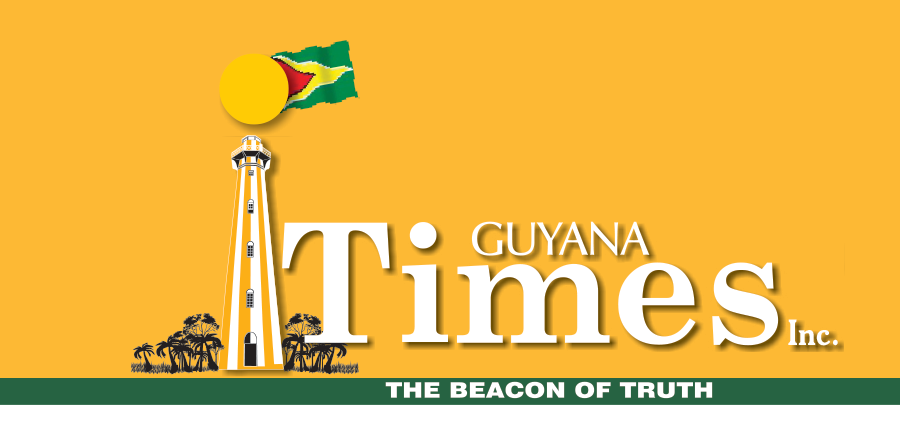…as GPF issues 256 tickets weekly for helmet offences
With the traditional kite-flying season just around the corner, the use of public spaces usually increases. In some instances, persons use public roadways, and, in some areas, parents would allow their children to run on the roadway to raise their kites.

Assistant Commissioner of Police, who is also the Head of Traffic Department, Mahendra Singh, has stressed that this can create a problem for traffic, as well and pose risks to children.
He therefore relayed strict caution for parents: “And certainly, in any setting where you celebrate, any festival or holiday, we always advise persons not to play and/or celebrate at the side of the road or too close to be in danger. You should not flirt with danger. You know fully well that it has an impact on your safety and your security, or that of your family.”
“But especially the little children, we want to tell the parents and our guardians at this time: you need to have them in spaces [for recreation] and/or play, so to speak; where it is safe. It is away from public transportation movement or vehicular movement… and to ensure that they celebrate clean and clear of all danger,” he advised.
Singh also took the occasion to call for continued sensitization of motorcyclists, as the GPF recorded some 256 tickets being handed over weekly to persons for not wearing helmets.
“Each week we issue tickets to at least 256 persons for helmet-type offences. What it demands of us is that we continue traffic education, we engage with the communities directly, because we know what occurs. So, with that premise, we go directly to people to sensitize them,” he noted.
Despite this, however, he revealed that sensitization “only works for so long.”
“The sensitization works to an extent; what you find happening is that from time to time, when we are deployed in traffic directional duties, that is when some of the motorcyclists come out to display their best attitude and style, and their behavioural practices… When you engage these said motorcyclists who are on the road, either in groups or by themselves, one must factor in the safety of that same motorcycle when the police approach. The motorcyclist seeks to ride as fast as he or she can, seeks to escape from the police, and/or avoid the police. And in so doing, at the rate of travel they go at, they can’t control the motorcycle. They lose control, injure themselves, and what the public does in the first place is blame the police,” he explained.
Discover more from Guyana Times
Subscribe to get the latest posts sent to your email.













